Table of Contents
1. Introduction
2. Exploring auto battery types and their applications
3. Navigating the 2024 market landscape
4. Essential criteria for selecting auto batteries
5. Spotlight on the best auto battery models of 2024
6. Conclusion
Introduction
Selecting the right auto battery is crucial for ensuring vehicle reliability and performance. A high-quality battery can prevent unexpected breakdowns, reduce maintenance costs, and enhance overall efficiency. With advancements in technology, auto batteries now offer improved durability, longer life spans, and better resistance to extreme conditions. By understanding the different types of batteries available and their specific benefits, businesses can make informed decisions that cater to various automotive needs. This guide provides valuable insights into choosing the best auto batteries in 2024, helping industry professionals invest in products that deliver optimal performance and reliability.
Exploring auto battery types and their applications
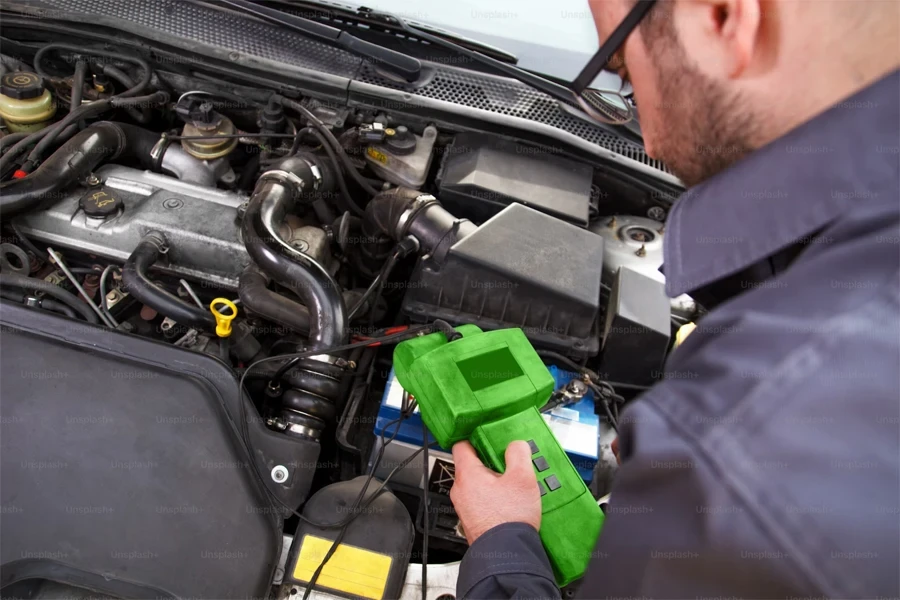
Lead-acid batteries: tried and true
Lead-acid batteries have been a staple in the automotive industry for over a century. Known for their reliability and cost-effectiveness, these batteries are composed of lead plates submerged in an electrolyte solution of sulfuric acid and water. They come in two main types: starting (cranking) and deep cycle. Starting batteries are designed to provide a high burst of energy to start engines, making them ideal for standard vehicles. Deep cycle batteries, on the other hand, are built for sustained energy output and are commonly used in marine and recreational vehicles.
One of the key advantages of lead-acid batteries is their affordability. They are generally less expensive than other types of batteries, making them a popular choice for many applications. However, they do have some drawbacks. Lead-acid batteries are heavier and bulkier compared to newer battery technologies. They also require regular maintenance, such as checking electrolyte levels and cleaning terminals, to ensure optimal performance. Despite these limitations, their long-standing reputation for dependability keeps them in wide use.
AGM batteries: modern reliability
Absorbed Glass Mat (AGM) batteries represent a significant advancement over traditional lead-acid batteries. These batteries use a specialized glass mat to hold the electrolyte in place, which enhances their efficiency and performance. AGM batteries are sealed, meaning they are maintenance-free and can be mounted in various positions without the risk of leaking. This makes them highly versatile and suitable for a wide range of applications, including high-performance engine starting, power sports, and solar energy systems.
AGM batteries are known for their ability to handle deep discharges and their superior cycle life compared to traditional lead-acid batteries. They perform well in extreme temperatures, both hot and cold, and offer better resistance to vibration and shock. This durability makes AGM batteries an excellent choice for vehicles that experience harsh conditions or require high electrical loads. While they are more expensive than standard lead-acid batteries, the benefits of reduced maintenance and longer life can justify the higher initial cost.
Lithium-ion batteries: cutting-edge performance
Lithium-ion batteries are at the forefront of battery technology, offering unparalleled performance and efficiency. These batteries are significantly lighter than lead-acid and AGM batteries, which can improve the overall efficiency of the vehicle. Lithium-ion batteries also boast a much longer lifespan, with some models capable of lasting over a decade. This longevity, coupled with their ability to handle a high number of charge and discharge cycles, makes them a cost-effective option over the long term.
Lithium-ion batteries are particularly well-suited for applications that require a lightweight and high-performance power source, such as electric vehicles and high-end electronics. They provide consistent power output, even at low states of charge, and have a low self-discharge rate, meaning they retain their charge well when not in use. However, they do come with some disadvantages. Lithium-ion batteries are more expensive upfront, and they require specialized charging equipment to ensure safe and efficient operation. Additionally, they are sensitive to extreme temperatures and can pose safety risks if not properly managed.
Navigating the 2024 market landscape
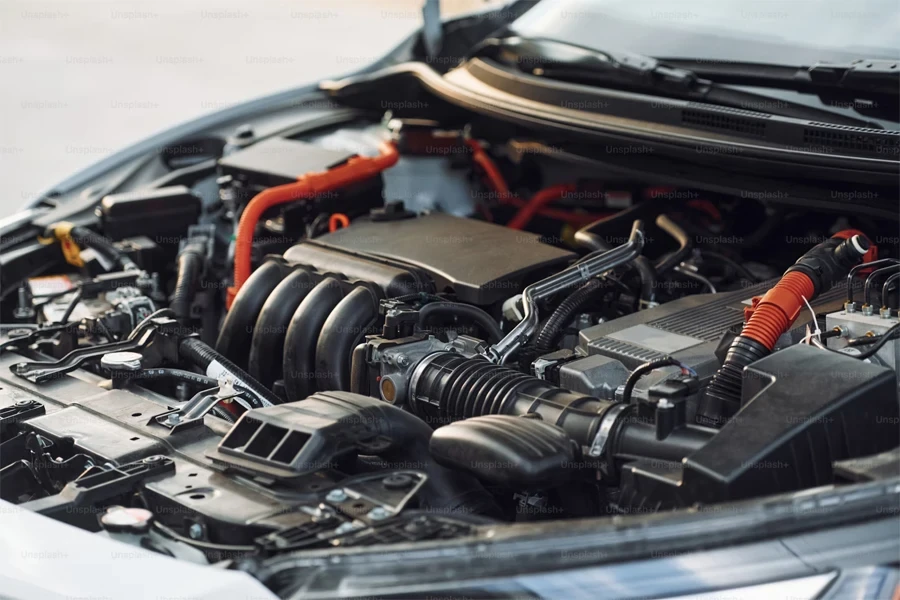
Market growth and demand: a snapshot
Experts currently value the automotive battery market at US$ 93.27 billion in 2024, and they expect it to reach US$ 237.28 billion by 2029. They estimate this boost will happen at a 20.53% compound annual growth rate (CAGR) from 2024 to 2029.
Innovations and technological advances: what’s new?
The automotive battery industry is witnessing significant innovations that are set to reshape the market.
Emerging technologies such as solid-state batteries are gaining attention. These batteries promise even higher energy densities and greater safety compared to traditional lithium-ion batteries.
Moreover, the integration of smart battery management systems (BMS) is becoming increasingly common. These systems enhance battery performance and longevity by continuously monitoring and managing various parameters such as temperature, voltage, and state of charge.
In terms of market trends, the Asia-Pacific region is leading the charge, with China being the largest manufacturer and consumer of electric vehicles globally. For example, companies like Panasonic and LG Chem are expanding their production capacities to meet the growing demand.
Collaborations and partnerships are also shaping the industry’s landscape. For instance, Panasonic Energy’s plan to increase battery output at its Nevada Gigafactory with Tesla highlights the strategic moves within the industry to scale up production capabilities.
Essential criteria for selecting auto batteries
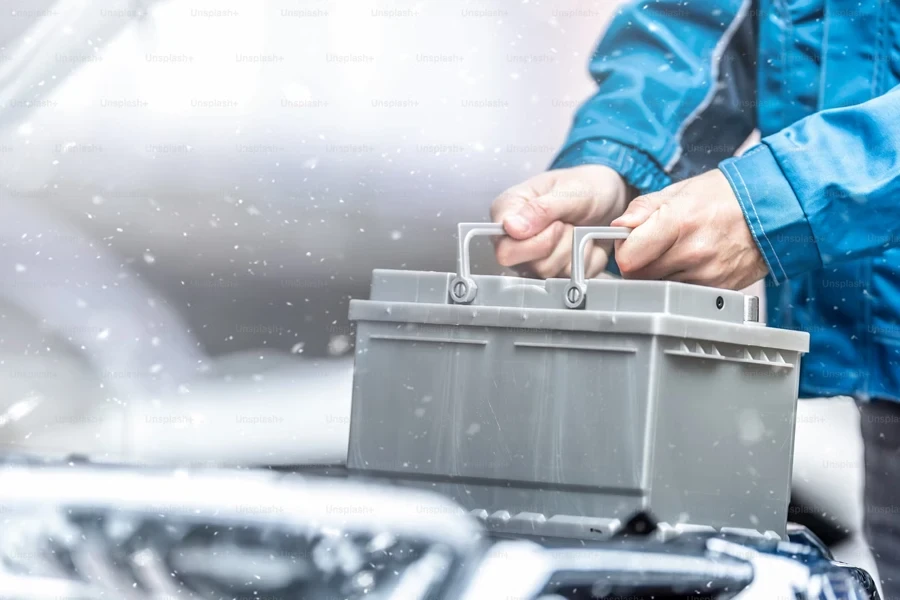
Compatibility with vehicle specs: a must-know
Ensuring compatibility with a vehicle’s specifications is crucial when selecting an auto battery. Each vehicle has unique requirements for battery size, terminal placement, and power needs. It is important to refer to the vehicle’s manual or use online tools provided by battery manufacturers to identify the correct battery group size and specifications. Properly fitting batteries not only ensure optimal performance but also prevent potential damage to the vehicle’s electrical system.
To help identify the perfect match, resources such as the Battery Council International (BCI) and various automotive websites offer detailed charts and tools. These resources allow users to input their vehicle make, model, and year to receive recommendations on compatible batteries. Ensuring the right fit involves checking physical dimensions, terminal configurations, and power ratings, which are essential for seamless installation and operation.
Performance metrics: key indicators
Understanding key performance metrics such as Cold Cranking Amps (CCA) and Reserve Capacity (RC) is vital when evaluating auto batteries. CCA measures a battery’s ability to start an engine in cold temperatures, indicating how much current it can deliver at 0°F for 30 seconds while maintaining at least 7.2 volts. Higher CCA values are essential for reliable starts in colder climates, where batteries are more stressed.
Reserve Capacity, on the other hand, indicates how long a battery can supply power without the alternator, measured in minutes. This metric is crucial for vehicles with high electrical demands, ensuring the battery can sustain essential functions during prolonged periods of alternator failure. Additional metrics like Amp-Hour (Ah) rating and Battery Life Expectancy provide insights into overall capacity and longevity, helping buyers choose batteries that meet their specific needs.
Longevity and warranty: what to expect
The typical lifespan of various battery types varies, with lead-acid batteries generally lasting 3 to 5 years, AGM batteries offering 4 to 7 years, and lithium-ion batteries potentially exceeding 10 years. Factors such as usage patterns, climate, and maintenance practices significantly impact battery life. Ensuring proper charging, avoiding deep discharges, and keeping the battery clean can extend its service life.
A robust warranty is equally important, providing assurance of the battery’s reliability and performance. Warranties typically range from 1 to 5 years, with some premium models offering up to 10 years of coverage. Reviewing warranty terms, including free replacement and pro-rated coverage, helps buyers understand the level of protection and support they can expect, ensuring peace of mind and value for their investment.
Spotlight on the best auto battery models of 2024

High-end performers: top-tier choices
Premium batteries offer unparalleled performance, reliability, and durability, making them ideal for vehicles with high electrical demands or those operating in extreme conditions. The Optima 8004-003 34/78 RedTop stands out with its 800 cold-cranking amps (CCA) and 100-minute reserve capacity. This AGM battery is known for its exceptional resistance to vibration, up to 15 times more than standard models, and its spill-proof design, allowing flexible mounting options. It’s suitable for a wide range of vehicles, including trucks, SUVs, and performance cars, and offers maintenance-free operation with a lifespan twice that of conventional batteries.
Another high-end performer is the Odyssey 34R-PC1500-A Group 34. Utilizing virgin lead, this AGM battery packs more plates for increased power, delivering 850 CCA and 1,250 hot cranking amps (HCA). It boasts a 135-minute reserve capacity and a limited four-year replacement warranty, making it a robust choice for demanding applications. Its flexible mounting options and high power output ensure reliable performance in extreme conditions, although it comes with a higher price tag.
Budget-friendly stars: reliable and affordable
For those seeking reliable performance without breaking the bank, the EverStart Maxx Lead Acid Battery is a top contender. This budget-friendly option offers 640 CCA, sufficient for most standard cars and trucks, even in cold weather. While it doesn’t match the longevity of AGM batteries, it provides solid performance with a three-year free replacement warranty. Its group size 35N makes it compatible with many vehicles, but it is always advisable to check specific fitment requirements.
The Acdelco Gold 94R AGM is another excellent value option. It offers 850 CCA, comparable to higher-end models, and benefits from the longevity and maintenance-free nature of AGM technology. The silver-calcium alloy used in its construction enhances performance, particularly in high-temperature environments. Its leak-proof pressurized valve system prevents terminal corrosion, contributing to its durability. The 36-month warranty adds to its appeal as a cost-effective, reliable choice.
Specialized picks: tailored for unique needs
Specialized batteries cater to vehicles with unique requirements or those operating in specific conditions. The Optima Batteries D34/78 YellowTop is a dual-purpose model ideal for vehicles with high electrical loads, such as those with powerful audio systems or extensive electronic accessories. It offers 750 CCA and a 120-minute reserve capacity, and it can endure over 300 discharge/recharge cycles. Its spill-proof design and versatile mounting options make it suitable for various applications.
For high-output needs, the XS Power D3400 is unmatched. With 1,000 CA and a 135-minute reserve capacity, it is perfect for vehicles with high-watt speaker systems or other significant electrical demands. Its 3,300 maximum amp output ensures robust performance in demanding scenarios. Although it is one of the most expensive batteries on the market, its performance justifies the cost, particularly for those needing substantial electrical power and reliability.
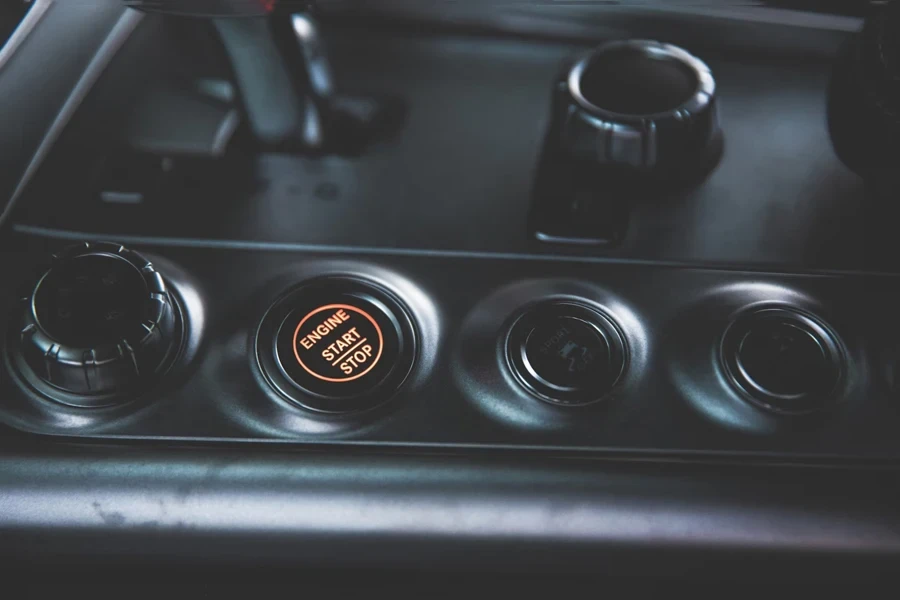
Conclusion
Selecting the best auto battery in 2025 involves understanding the distinct advantages of various types, such as lead-acid, AGM, and lithium-ion, and considering essential performance metrics like CCA and reserve capacity. High-end models like the Optima RedTop and Odyssey 34R offer premium performance for demanding conditions, while budget-friendly options like EverStart Maxx and Acdelco Gold provide reliable power at a lower cost. Specialized batteries like the Optima YellowTop and XS Power D3400 cater to unique needs, ensuring optimal performance. By focusing on compatibility, performance, longevity, and value, businesses can make informed decisions to meet their specific requirements.
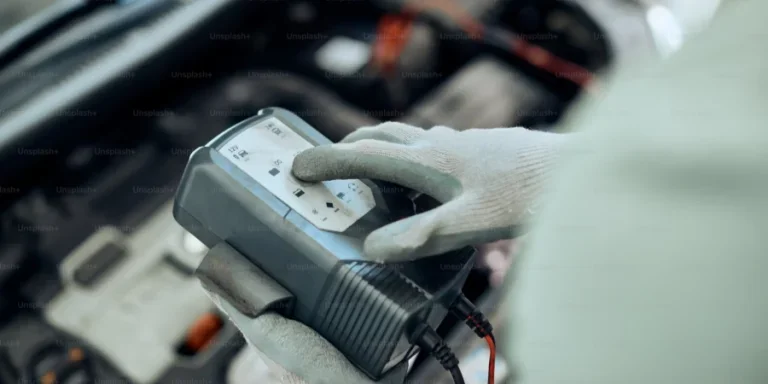




 Afrikaans
Afrikaans አማርኛ
አማርኛ العربية
العربية বাংলা
বাংলা Nederlands
Nederlands English
English Français
Français Deutsch
Deutsch हिन्दी
हिन्दी Bahasa Indonesia
Bahasa Indonesia Italiano
Italiano 日本語
日本語 한국어
한국어 Bahasa Melayu
Bahasa Melayu മലയാളം
മലയാളം پښتو
پښتو فارسی
فارسی Polski
Polski Português
Português Русский
Русский Español
Español Kiswahili
Kiswahili ไทย
ไทย Türkçe
Türkçe اردو
اردو Tiếng Việt
Tiếng Việt isiXhosa
isiXhosa Zulu
Zulu